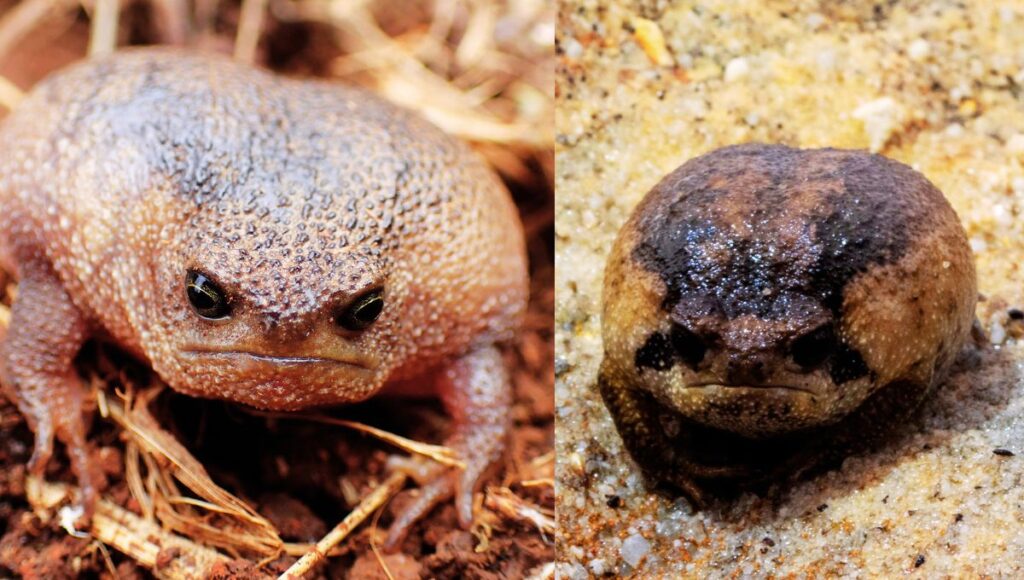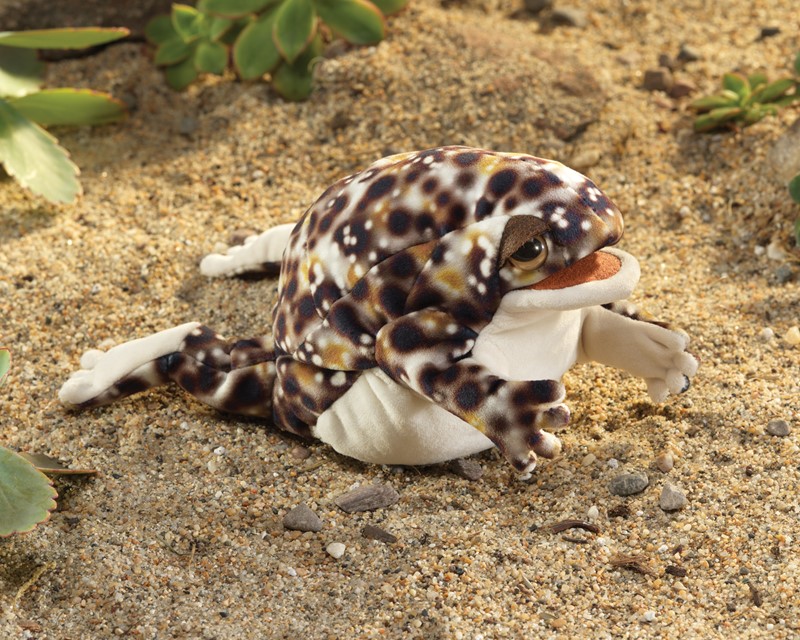The Best Reptile Enclosures: How to Create the Ideal Habitat
Creating the perfect habitat for reptiles is not almost positioning them in a container or unit; it entails a thoughtful factor to consider of different aspects that add to their overall well-being. From the size of the unit to the kind of substratum utilized, every element plays an important role in providing an environment where your reptile can grow. By recognizing the certain requirements of your reptile species and implementing the appropriate environment configuration, you can ensure their wellness and joy in captivity.
Choosing the Right Unit Size
When selecting a room dimension for reptiles, it is essential to consider their all-natural behaviors and area needs to ensure their health and health. Various reptile species have differing demands when it comes to habitat room.
A general rule of thumb is to offer sufficient space for the reptile to display natural habits, such as basking, hiding, climbing, and foraging. By thoroughly thinking about the certain requirements of the reptile types in concern, owners can create a suitable and enriching habitat that advertises total health and urges all-natural habits.
Establishing Proper Burner
To ensure the well-being and health and wellness of reptiles in their units, it is important to carefully establish up proper heating components. Reptiles are ectothermic animals, indicating they depend on external heat resources to control their body temperature. When establishing burner in a reptile enclosure, it is crucial to take into consideration the certain temperature requirements of the varieties you are taking care of. Different reptiles have differing temperature requires based upon their natural environment, so it is necessary to research and recognize these demands.
One reliable and common home heating element for reptile rooms is a heat light or ceramic heat emitter. These warm resources can be used to develop a temperature level gradient within the unit, enabling reptiles to move in between warmer and cooler areas as required. Additionally, under-tank home heating pads or heat floor coverings can be utilized to provide stomach warmth, which is especially helpful for reptiles that require additional warmth to assist in digestion.
Keeping an eye on the temperature level within the enclosure utilizing a thermometer is important to make sure that the heating aspects are maintaining the suitable temperature level range for your reptile. Routinely check and adjust the burner as needed to create a comfortable and healthy environment for your flaky buddy.
Selecting Appropriate Lighting Fixtures

Giving the Ideal Substrate
Choosing the suitable substrate is essential for developing a comfortable and suitable environment for reptiles in their units. Some reptiles, such as desert-dwelling types like bearded dragons, flourish on substrates like calcium sand or reptile carpeting, while others, like sphere pythons, choose coconut husk or aspen bed linens to preserve humidity degrees.
Avoid substratums that can cause impaction, such as loose substratums like sand or gravel, particularly for reptiles recognized to ingest their bed linen. Routinely cleansing and replacing the substrate is essential to ensure a tidy and sanitary environment for your reptile.
Designing for Enrichment and Convenience
Considering the substrate's function in giving a foundation for natural habits and keeping a suitable atmosphere, improving the reptile unit with proper decorations is vital for both enrichment and convenience. Decorations such as branches, rocks, hideouts, and synthetic plants not just straight from the source develop an extra aesthetically appealing habitat but likewise serve practical objectives. Branches provide climbing opportunities for arboreal species, while rocks can serve as basking places for heat. Hideouts supply sanctuary and security, decreasing anxiety degrees for the reptile. Man-made plants not just boost the aesthetics but also provide hiding spots and enrichment by allowing the reptile to interact and explore with its environment. When decorating the enclosure, it is vital to consider the reptile's species-specific needs and behaviors to create a space that advertises physical and psychological health. By including a selection of designs that resemble the reptile's all-natural habitat, proprietors can ensure their pet dog's convenience and promote their natural reactions, inevitably leading Learn More Here to a better and much healthier reptile.
Final Thought

Producing the excellent environment for reptiles is not simply about placing them in a storage tank or room; it includes a thoughtful factor to consider of different variables that add to their total health.Picking the ideal substratum is essential for creating a suitable and comfortable environment for reptiles in their enclosures. Some reptiles, such as desert-dwelling species like bearded dragons, thrive on substrates like calcium sand or reptile carpeting, while others, like round pythons, favor coconut husk or aspen bed linens to keep moisture levels.
By integrating Learn More Here a range of designs that imitate the reptile's natural habitat, owners can guarantee their animal's convenience and boost their all-natural reactions, inevitably leading to a better and healthier reptile.
In conclusion, creating the ideal environment for reptiles entails choosing the suitable enclosure dimension, home heating aspects, lighting fixtures, substratum, and designs.